As parents, we want the best for our children. We want them to be happy, healthy, and well-adjusted individuals. However, sometimes it can be difficult to know when our child’s behavior is cause for concern. Understanding the signs of abnormal behavior can help us identify potential issues early on and get the help our child needs.
Children develop at their own pace, and what is normal behavior for one child may not be for another. However, there are certain red flags that parents should be aware of. These can include sudden changes in behavior, aggression, defiance, or excessive clinginess. It is important to note that not all children who exhibit these behaviors have a mental health disorder, but they may benefit from additional support and guidance.
Understanding Child Behavior
As parents, it is important to understand our children’s behavior to be able to provide the best support and guidance. Children’s behavior can be influenced by various factors such as their emotional state, developmental stage, learning style, and play patterns. By understanding these factors, we can identify patterns in our child’s behavior and recognize signs of potential issues.

One important aspect of child behavior is emotional regulation. Children may have difficulty regulating their emotions, leading to tantrums, crying, or other challenging behaviors. It is important to model and teach healthy emotional regulation strategies to help children learn how to manage their emotions effectively.
Another important factor is developmental stage. Children go through different stages of development, each with its unique challenges and opportunities. By understanding our child’s developmental stage, we can provide appropriate support and guidance to help them learn and grow.
Play is also an essential part of children’s development and behavior. Play provides opportunities for children to learn and practice social skills, problem-solving, and creativity. By encouraging play and providing appropriate toys and activities, we can support our child’s development and help them learn important life skills.
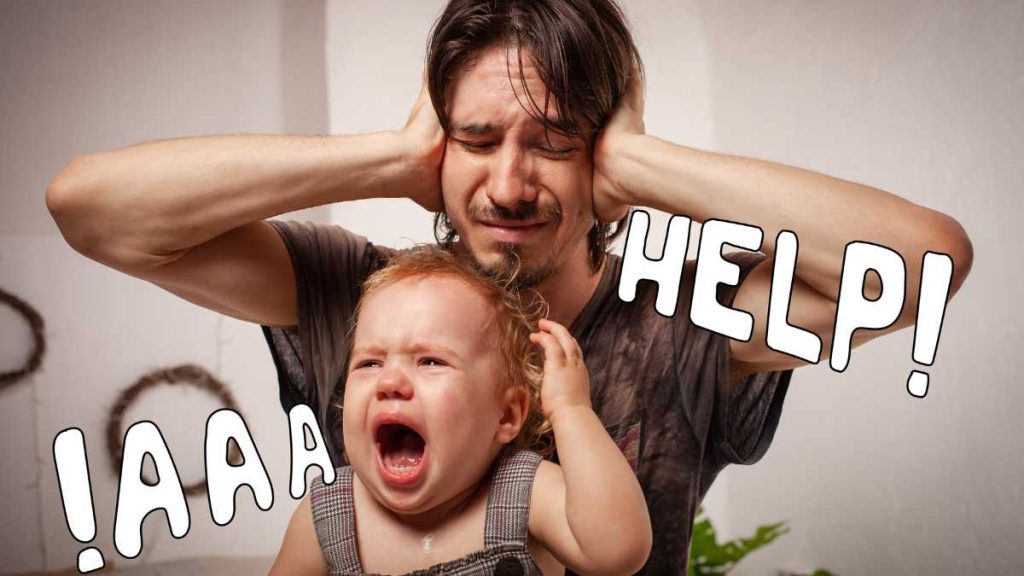
In addition to these factors, there are various signs that we can look out for that may indicate potential issues with our child’s behavior. These signs may include sudden changes in behavior, excessive clinginess, or aggressive behavior towards others. By recognizing these signs, we can seek appropriate support and guidance to help our child overcome any challenges they may be facing.
In summary, understanding our child’s behavior is an essential part of parenting. By recognizing the various factors that influence behavior, we can provide appropriate support and guidance to help our child learn and grow. By being aware of potential signs of issues, we can seek appropriate support and guidance to help our child overcome any challenges they may be facing.
Signs of Behavioral Issues
As parents and caregivers, it’s important to be aware of the signs that may indicate a child is struggling with behavioral issues. By recognizing these signs early on, we can help our children get the attention and support they need to thrive.
Emotional Signs
One of the first signs that a child may be struggling with behavioral issues is a change in their emotional state. Children who are experiencing behavioral issues may be more irritable, frustrated, or anxious than usual. They may also have difficulty regulating their emotions and may be prone to outbursts or tantrums.
Behavioral Signs
Behavioral signs can also indicate that a child is struggling with behavioral issues. Children who are experiencing behavioral issues may be more argumentative or defiant than usual. They may also engage in disruptive behaviors, such as hitting or throwing things. Lying may also be a sign of behavioral issues, as children may try to hide their behavior from adults.
Social Interaction Signs
Children who are struggling with behavioral issues may also have difficulty with social interactions. They may have trouble making eye contact or may have delays in social development. They may also have difficulty following social norms and may engage in behaviors that are considered bullying or harmful to others.
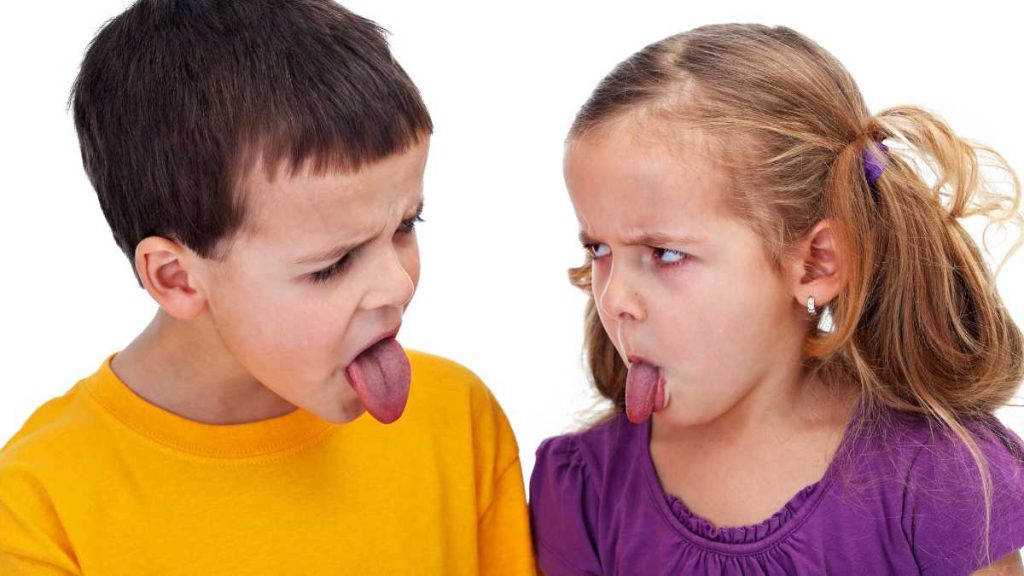
It’s important to note that not all children who exhibit these signs are experiencing behavioral issues, and not all behavioral issues are severe. However, if you notice these signs persisting or if they are causing significant disruptions in your child’s life, it may be time to seek professional attention. Recognizing these warning signs early on can help ensure that your child receives the attention and support they need to thrive.
Common Behavior Disorders in Children
As parents or caregivers, we may notice certain behaviors in our children that concern us. While some behaviors are normal, others may indicate a behavior disorder. Here are some of the most common behavior disorders in children:
Oppositional Defiant Disorder
Oppositional Defiant Disorder (ODD) is a type of behavior disorder characterized by a pattern of angry, defiant, and disobedient behavior towards authority figures. Children with ODD may argue with adults, refuse to comply with rules, and deliberately annoy others. ODD is typically diagnosed in children aged 6-8 years old.
Conduct Disorder
Conduct Disorder (CD) is a behavior disorder that involves a pattern of aggressive, destructive, and deceitful behavior towards others. Children with CD may engage in physical fights, bully others, and violate the rights of others. CD is typically diagnosed in children aged 9-12 years old.
Attention Deficit Hyperactivity Disorder

Attention Deficit Hyperactivity Disorder (ADHD) is a behavior disorder that affects a child’s ability to pay attention, control impulses, and sit still. Children with ADHD may be hyperactive, impulsive, and have trouble focusing on tasks. ADHD is typically diagnosed in children aged 6-12 years old.
Depression
Depression is a mental illness that can affect children as well as adults. Children with depression may feel sad, hopeless, and irritable. They may also lose interest in activities they once enjoyed and have trouble sleeping and eating. Depression is typically diagnosed in children aged 12-17 years old.
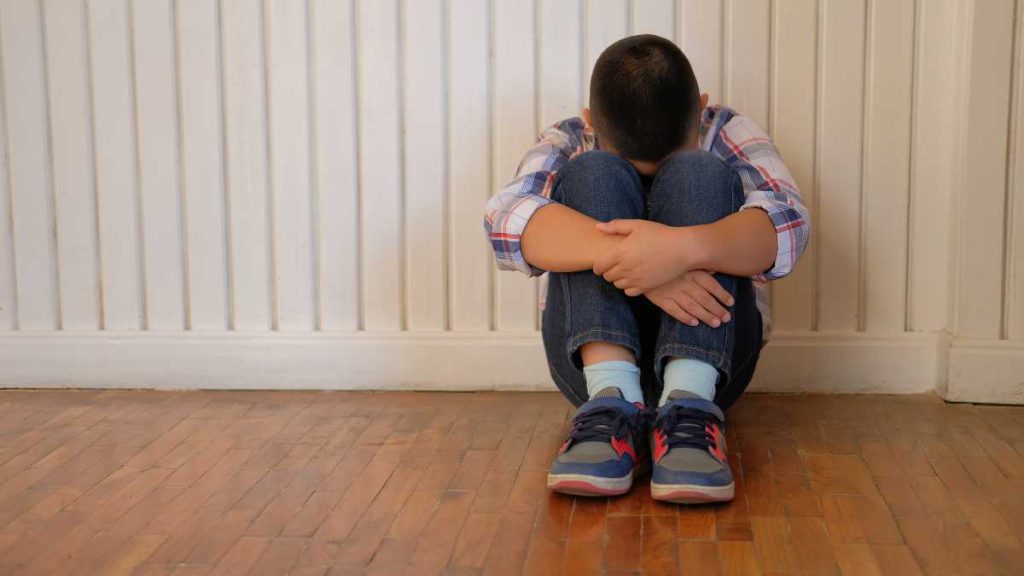
Diagnosis of behavior disorders involves an evaluation to assess symptoms, your child’s medical history, and background. A clinician will collect information from both you and your child. The DSM-5 is a diagnostic tool used by mental health professionals to diagnose behavior disorders.
It’s important to note that behavior disorders can have different types and levels of severity, and each child’s experience may be unique. If you suspect your child may have a behavior disorder, it’s important to seek professional help.
Causes of Child Behavior Issues
There are various factors that can contribute to child behavior issues. In this section, we will discuss two main causes of child behavior issues: genetic factors and environmental factors.
Genetic Factors
Genetic factors can play a role in the development of behavioral issues in children. Research has shown that certain genetic traits may predispose children to certain behavioral disorders. For example, children with a family history of ADHD may be more likely to develop the disorder themselves. Similarly, children with a family history of anxiety or depression may be more likely to develop these conditions.
It is important to note that genetics alone do not determine a child’s behavior. Environmental factors can also play a significant role in the development of behavioral issues.
Environmental Factors
Environmental factors can significantly impact a child’s behavior. Children who experience abuse or neglect may be more likely to develop behavioral issues. Similarly, children who grow up in households with high levels of conflict or stress may be more likely to develop behavioral issues.
Parents, caregivers, and peers can also have a significant impact on a child’s behavior. Children who grow up in homes with inconsistent or harsh parenting may be more likely to develop behavioral issues. Similarly, children who have friends or peers who engage in risky or problematic behavior may be more likely to engage in similar behavior themselves.

Teachers and other authority figures can also play a role in a child’s behavior. Children who experience bullying or other forms of mistreatment at school may be more likely to develop behavioral issues.
In summary, genetic and environmental factors can both contribute to child behavior issues. While genetics may predispose children to certain conditions, environmental factors can also play a significant role in the development of behavioral issues. Parents, caregivers, peers, friends, abuse, neglect, and teachers can all impact a child’s behavior, and it is important to address any issues as early as possible to ensure the best possible outcome for the child.
Effects of Behavioral Problems on Child’s Life
Behavioral problems in children can have a significant impact on their daily lives. As parents, caregivers, and educators, it is essential to understand the potential effects of these problems on the child’s life.
School and Education
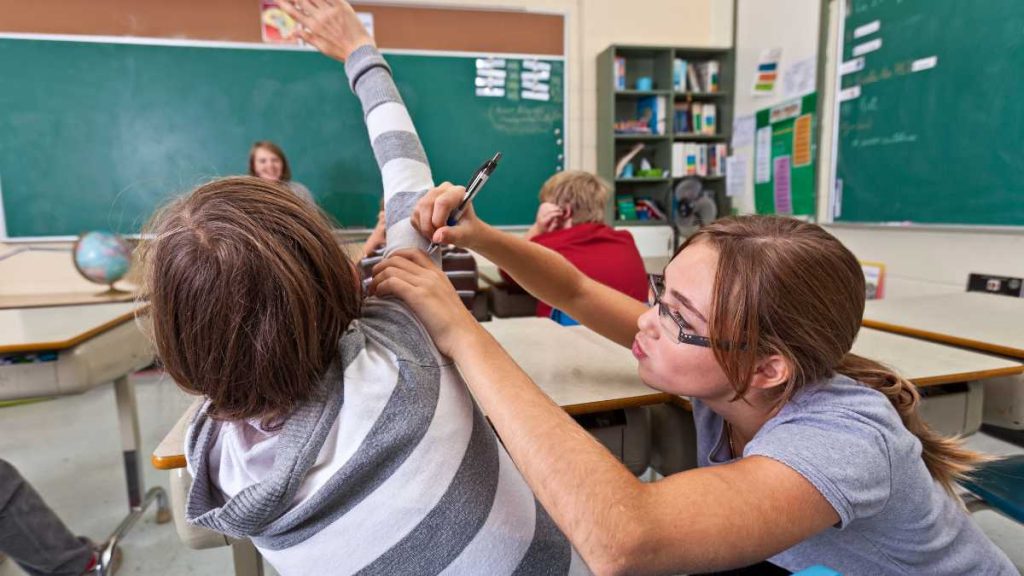
Behavioral problems can negatively impact a child’s academic performance and success in school. Children with behavior disorders may struggle with paying attention, following rules, and completing tasks. As a result, they may fall behind in their studies and experience difficulty catching up. It is crucial to address these issues early on to prevent long-term academic consequences.
Relationships and Friends
Behavioral problems can also affect a child’s relationships with peers and family members. Children who struggle with anger or antisocial behavior may have difficulty making and maintaining friendships. They may also struggle with conflict resolution, leading to bullying or aggression towards others.
Activities and Running Away
Children with behavior problems may also engage in risky behaviors such as running away from home or engaging in criminal activities. These behaviors can have severe consequences, including legal trouble and harm to the child’s physical and emotional well-being.
Conclusion
In conclusion, behavioral problems in children can have a significant impact on their lives. It is crucial to identify and address these problems early on to prevent long-term consequences. By working together as parents, caregivers, and educators, we can help children with behavior problems overcome their challenges and lead successful, fulfilling lives.
Assessment and Diagnosis
When it comes to child behavior, it’s important to accurately assess and diagnose any potential mental health disorders. This is where mental health professionals, such as psychologists and pediatricians, come in.
To make an accurate diagnosis, mental health professionals will typically use the Diagnostic and Statistical Manual of Mental Disorders (DSM). This manual provides a standardized system for diagnosing mental health disorders, and is regularly updated based on peer-reviewed studies and expert input.
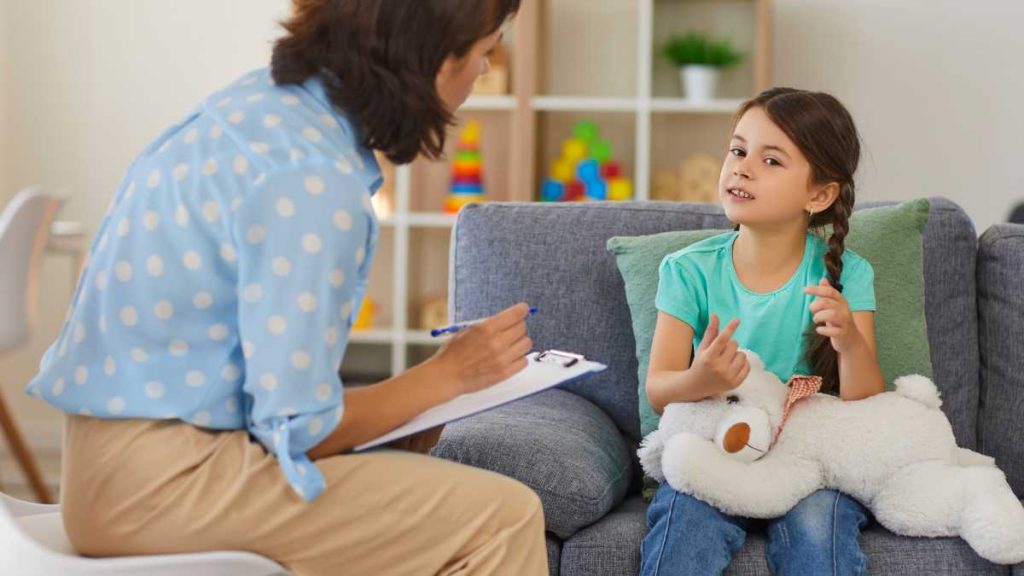
During the assessment process, mental health professionals will gather information about the child’s behavior and symptoms through interviews with the child and their parents or caregivers. They may also observe the child’s behavior in different settings, such as at home and at school.
It’s important to note that a diagnosis is not always straightforward, and mental health professionals may need to rule out other potential causes for the child’s behavior. Additionally, a diagnosis is not a one-time event – it may change over time as the child’s behavior and symptoms evolve.
Overall, accurate assessment and diagnosis of child behavior is crucial for providing appropriate treatment and support. If you have concerns about your child’s behavior, it’s important to seek out the help of a qualified mental health professional.
Treatment and Management
When it comes to treating and managing behavioral disorders in children, there are various options available. Depending on the severity of the condition, the age of the child, and other factors, a combination of therapy and medication may be recommended.
Therapy Options
Therapy is often the first line of treatment for behavioral disorders in children. Different types of therapy may be recommended depending on the specific condition and symptoms. Some of the most common types of therapy include:
- Cognitive-behavioral therapy (CBT): This type of therapy focuses on changing negative thought patterns and behaviors. It can be helpful for children with anxiety, depression, and other mental health conditions.
- Behavioral therapy: This therapy focuses on changing negative behaviors through positive reinforcement. It can be helpful for children with ADHD, oppositional defiant disorder, and other behavioral disorders.
- Family therapy: This type of therapy involves the entire family and can be helpful for improving communication and resolving conflicts. It can be helpful for children with a wide range of behavioral disorders.
Medication
In some cases, medication may be recommended in addition to therapy. Medications can help manage symptoms such as hyperactivity, aggression, and anxiety. Some of the most commonly prescribed medications for behavioral disorders in children include:
- Stimulants: These medications are often used to treat ADHD and can help improve focus and reduce hyperactivity.
- Antidepressants: These medications can be helpful for children with depression, anxiety, and other mental health conditions.
- Antipsychotics: These medications can be helpful for children with severe behavioral disorders such as bipolar disorder and schizophrenia.
It’s important to note that medication should always be used in combination with therapy and under the guidance of a psychiatrist or other medical professional.
Early intervention is key when it comes to treating and managing behavioral disorders in children. With the right treatment and support, many children are able to overcome their symptoms and lead happy, healthy lives.
Role of Parents and Caregivers
As parents and caregivers, we play a crucial role in our children’s lives, including their behavior and mental health. Our guidance and support can significantly impact their development, so it’s essential to stay informed and knowledgeable about child behavior signs.
One of our primary responsibilities is to recognize any behavioral changes in our children and seek further evaluation by a specialist with experience in child behavioral problems. We should talk to our child’s doctor, school nurse, or another healthcare provider and seek further information about the behaviors or symptoms that worry us.
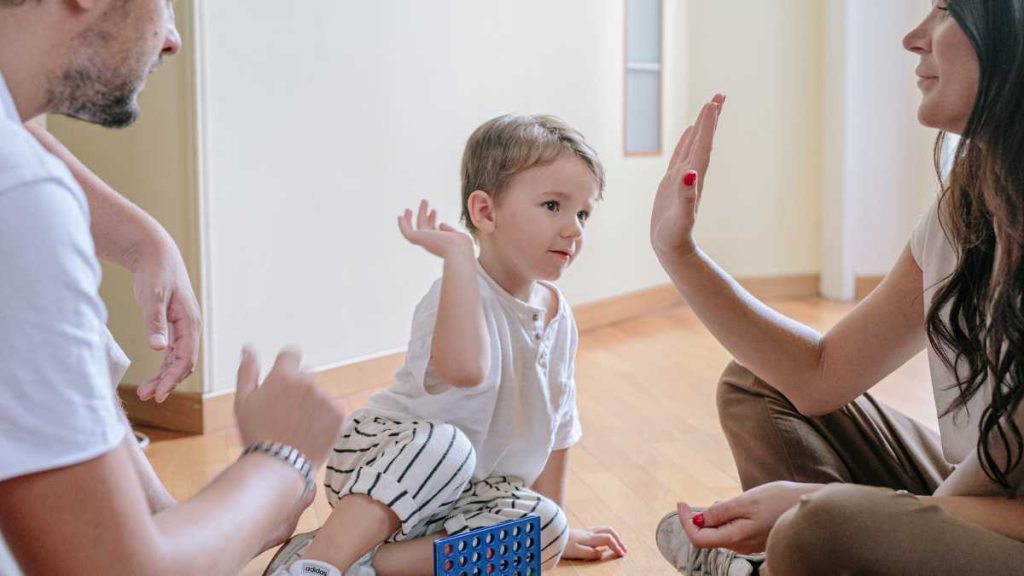
It’s also important to create a safe and supportive environment for our children. We should offer our children love, acceptance, appreciation, encouragement, and guidance. By doing so, we can equip them with the skills and resources to succeed as adults and transmit basic cultural values to them.
Parentification involves a role reversal between a parent and child, which causes kids to take on adult responsibilities. We should be mindful of this and ensure our children have the opportunity to be kids. We can do this by encouraging playtime, hobbies, and extracurricular activities that allow them to have fun and explore their interests.
In conclusion, as parents and caregivers, we have a significant impact on our children’s behavior and mental health. By staying informed, creating a supportive environment, and recognizing any behavioral changes, we can help our children thrive.
Prevention and Early Intervention
As parents and caregivers, we play a critical role in preventing and addressing behavior problems in children. Early childhood is a crucial time for development, and it’s important to be aware of developmental milestones and address any concerns as early as possible.

Early intervention services can change a child’s developmental path and improve outcomes for children, families, and communities. Acting early gives your child a chance to receive the appropriate therapy, giving them the best chance for a good outcome in the future. The Centers for Disease Control and Prevention (CDC) recommends that parents and caregivers act early if they’re concerned about their child’s development.
There are many ways to prevent and address behavior problems in children. Here are some strategies that may be helpful:
- Encourage positive behavior: Praise and rewards can go a long way in encouraging positive behavior. It’s important to be specific in your praise and focus on the behavior you want to encourage. For example, “I’m proud of you for sharing your toys with your friend” is more effective than “good job.”
- Set clear expectations: Children need to know what’s expected of them. Set clear rules and consequences for breaking those rules. Be consistent in enforcing the rules and consequences.
- Use positive discipline: Positive discipline focuses on teaching children how to behave, rather than punishing them for misbehavior. It involves setting limits, redirecting behavior, and using natural consequences. Positive discipline can help children learn self-control and problem-solving skills.
- Seek help when needed: If you’re concerned about your child’s behavior, don’t hesitate to seek help. Talk to your child’s doctor or a mental health professional. Early intervention services may be available in your community.
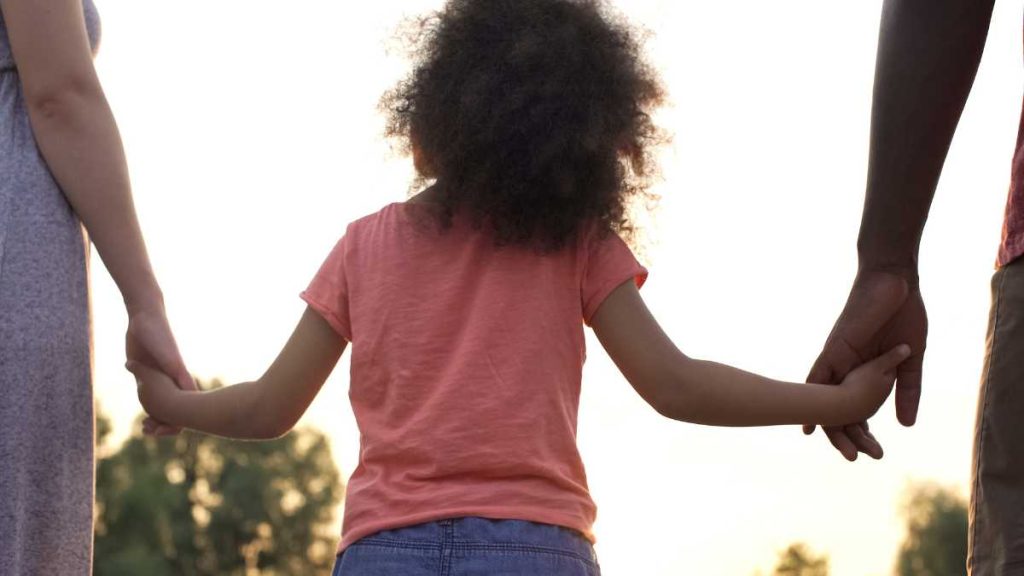
Remember, every child is unique, and what works for one child may not work for another. It’s important to be patient and persistent in addressing behavior problems. With early intervention and support, children can learn to manage their behavior and reach their full potential.

